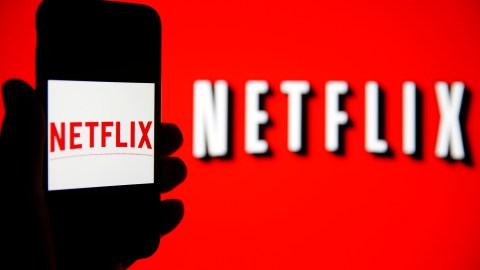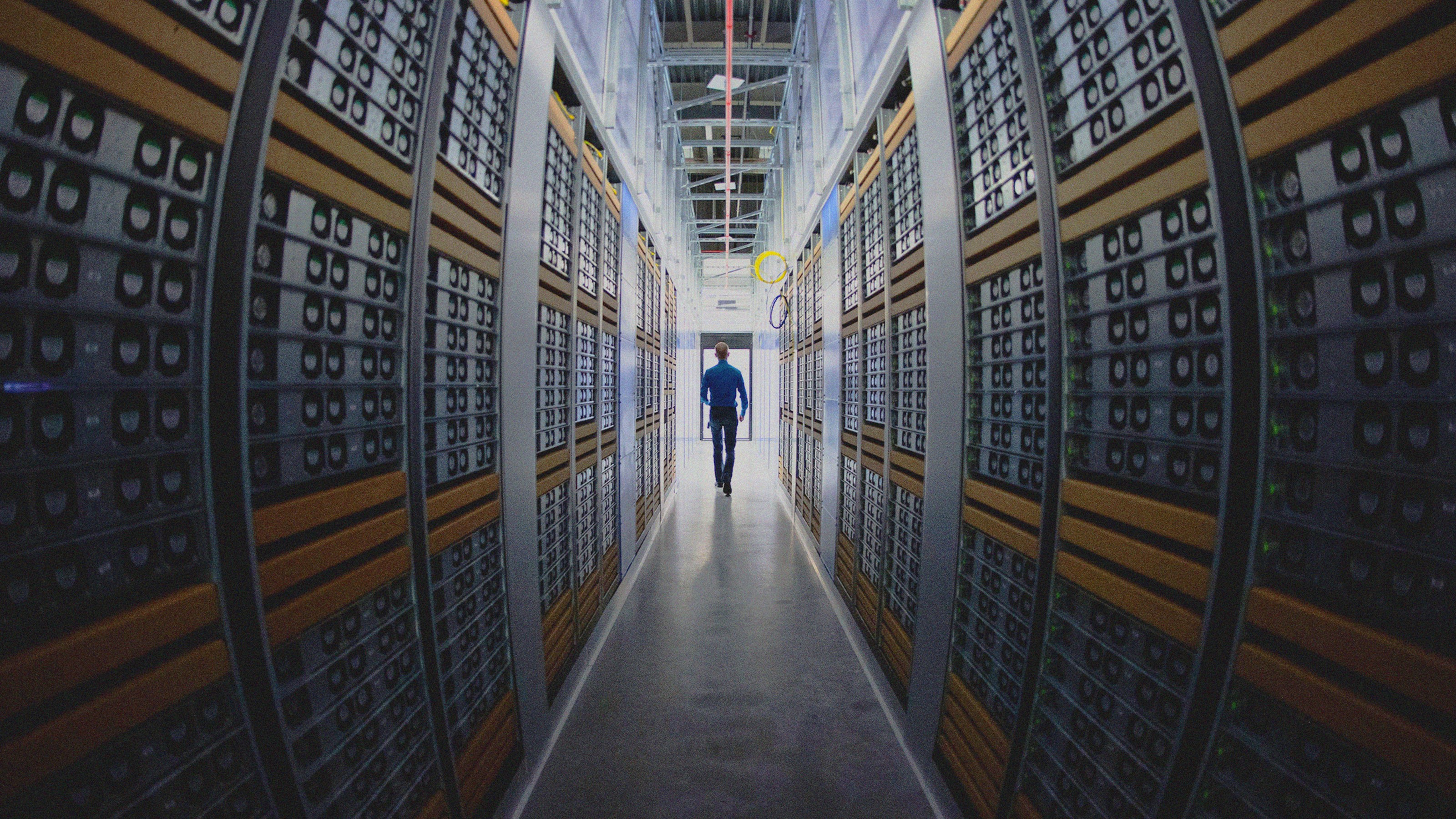Online video streaming should go green, say experts

Photo by Chesnot/Getty Images
- Increasing numbers of people are watching video on streaming services, requiring more and more energy.
- Data centers are likely to consume up to 4.1% of electricity around the globe by 2030.
- Gary Cook, an energy campaigner at Greenpeace, recommends consumers put pressure on internet giants to switch their data centers to renewable energy.
Correction: January 24, 2020
An earlier version of this article relied on data produced by The Shift Project, as reported by the international news agency AFP. That information remains unverified and The Shift Project has not answered Big Think’s request for verification or comment. This article’s headline has been edited to reflect this correction.
Of all online traffic, 34% is related to streaming Netflix, Hulu, Amazon Prime and other video streaming services. Tellingly, after all the big streaming providers, the next largest sector of streaming videos comes from online porn.
Gary Cook, an energy campaigner at Greenpeace, which works to monitor the energy footprint of the IT sector, said: “Digital videos come in very large file sizes and (are) getting bigger with each new generation of higher definition video.”
Processing more data to stream videos to your device “at a moment’s notice” requires more energy that is consumed by the data centers, Cook explained to AFP.
A paper in Nature found such centers to add 0.3% to overall carbon emissions. This and related numbers are expected to increase as way more streaming is on the way. Disney and Apple are launching such services. Online videos are projected to end up accounting for 80% of all internet traffic by 2022, estimates the CISCO Network.
According to another projection, this one by Anders Andrae of Huawei Technologies, data centers are likely to consume up to 4.1% of electricity around the globe by 2030. Not to be outdone, home television sets have been increasing in size, going from an average of 22 inches in 1997 to 50 inches in 2021. And technology advances don’t necessarily mean the products are getting environmentally friendlier – 4K screens use 30% more energy than HD screens, reported the Natural Resources Defense Council.
What can we do to stem this tide of energy being increasingly gobbled up by our video needs? Cook recommends a starting point would be for consumers to demand that internet giants switch the data centers to renewable energy.





